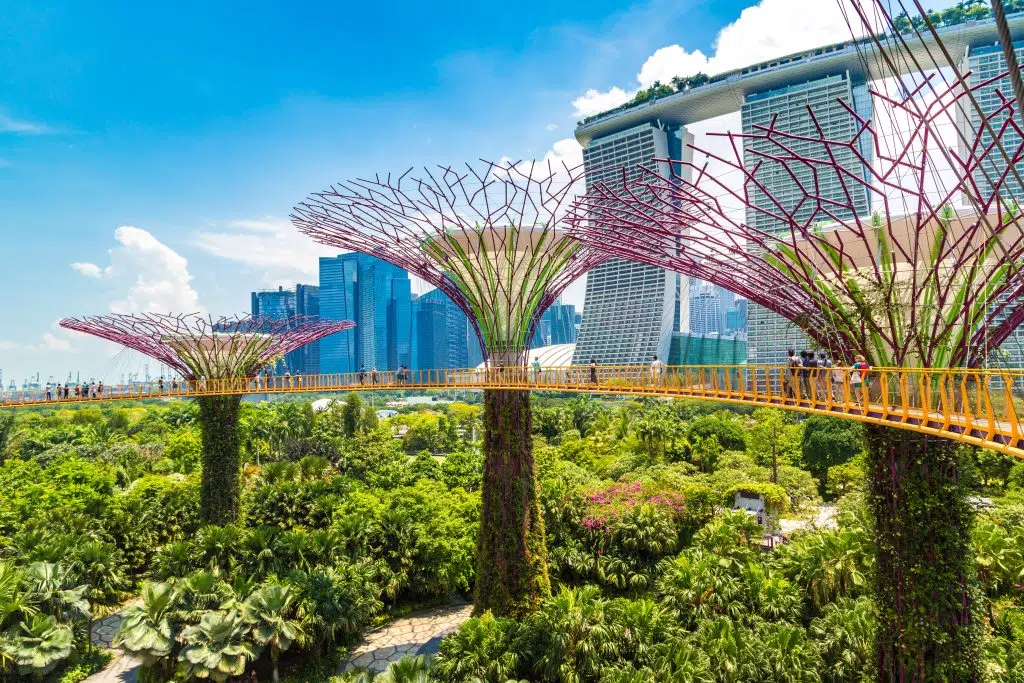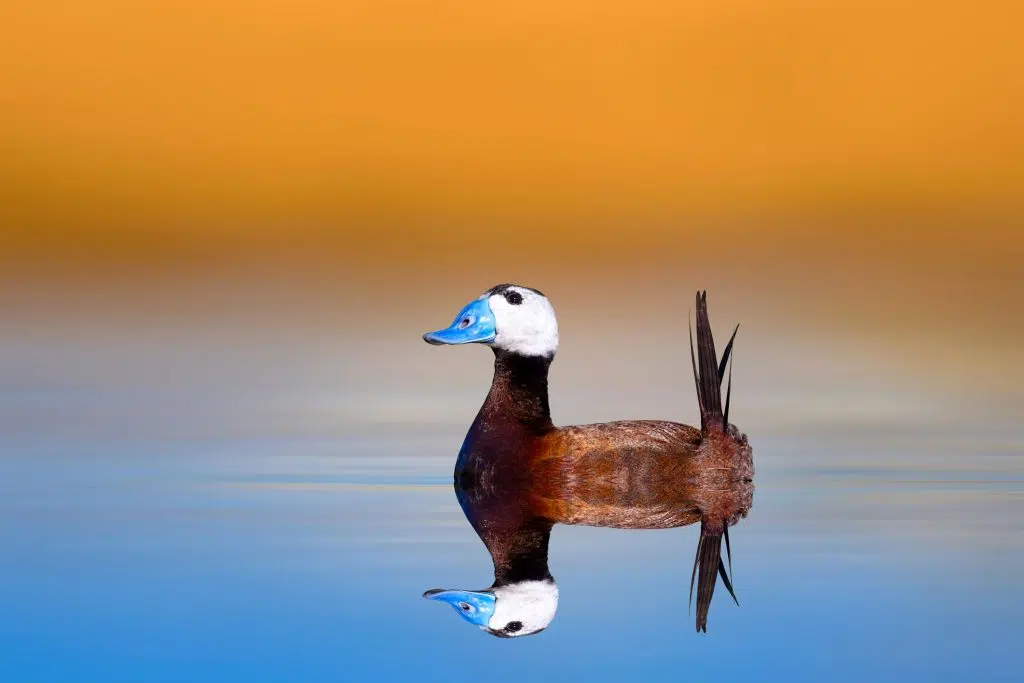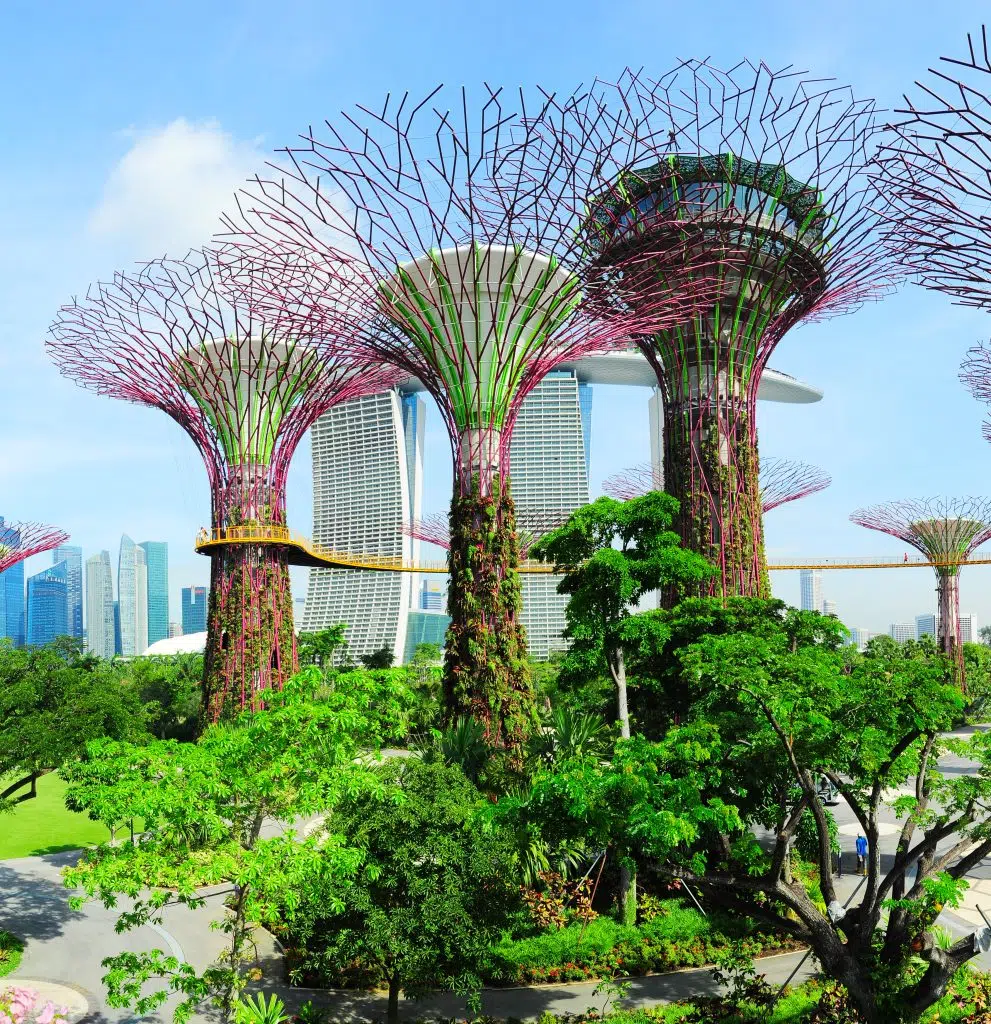Urban Habitats: How Cities Can Support Global Biodiversity

On World Habitat Day, October 7th, we explore how cities serve as vital refuges for wildlife. Urban areas play a crucial role in supporting biodiversity, offering unique refuges and resources for various species, and serving as stopover sites for migrating birds.
By Charlie Malcolm-McKay and Sophia Lucero
World Habitat Day serves as a reminder of the urgent need to protect the natural world in an increasingly urban landscape. While cities are often seen as places of concrete and congestion, they can also serve as critical refuges for wildlife. Many urban areas coexist with Key Biodiversity Areas (KBAs)—vital sites for preserving global biodiversity.
Key Biodiversity Areas (KBAs) are critical sites for conserving countless species and ecosystems. BirdLife International leads the identification and protection of these essential spaces, in collaboration with 12 other partnering organisations. While KBAs are often thought of as remote wildernesses, many are, in fact, located within cities. These urban KBAs provide crucial habitats for a variety of species, despite the challenges of pollution, habitat fragmentation, and human development.

For example, the KBA Cerros de San Cristóbal de las Casas, located in the city of San Cristóbal de las Casas, province of Chiapas, Mexico. This biodiversity-rich site surrounds the San Cristóbal de las Casas, and is covered mainly by pine forest, pine-oak, and patches of mesophilous forest, as well as wetlands and secondary vegetation. With an extension of 1705.87 km2, this KBA is essential for the persistence of small mammals and various bird species. One of them is the Endangered (EN) Golden-cheeked warbler (Dendroica chrysoparia), a migratory bird that spends winter in the Mexican state of Chiapas, as well as in Guatemala, Honduras, and northern Nicaragua.

Another example is the KBA Cádiz Bay or Bahía de Cádiz, located in the city of Cádiz, Sapin. The Bay of Cádiz is a crucial refuelling site for migrating and wintering waterbirds. Some of the species that can be found on this site are the Endangered (EN) White-headed duck (Oxyura leucocephala) and the Nearly Threatened (NT) Eurasian curlew (Numenius arquata), amongst others. Archaeological remains show the Bay was settled in ancient times. Although it is no longer human-inhabited, it’s surrounded by urban centres that can potentially cause pressure on the site and affect its rich biodiversity.

Urban KBAs must be a priority for conservation, not just because they offer vital habitats for birds and other wildlife, but also because they support biodiversity right in the heart of bustling cities, illustrating the power of urban conservation.
These sites also play a key role in achieving Target 3 of the Global Biodiversity Framework, which calls for protecting 30% of the world’s land and sea by 2030. Cities can be active contributors to this goal by protecting and managing their green spaces and KBAs for the benefit of both people and wildlife. The role of urban KBAs reminds us that safeguarding nature isn’t only about protecting remote areas—it’s also about preserving biodiversity in our own backyards.
Discover how you can support safeguarding urban KBAs here.
